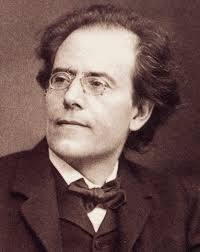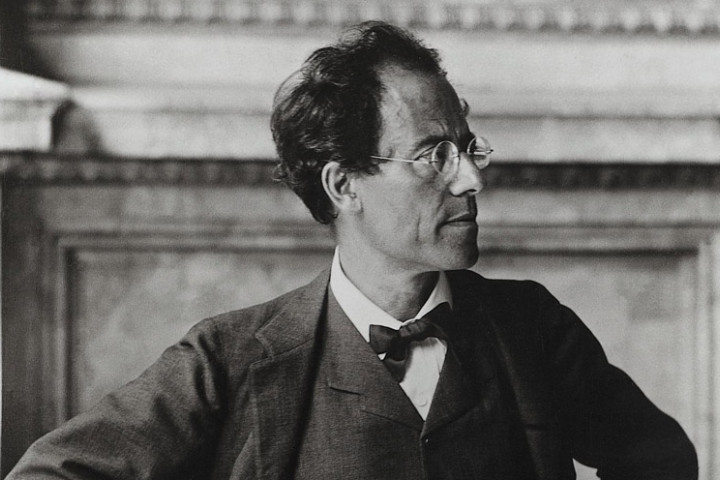The Profound Farewell: The History of Gustav Mahler’s Symphony No. 9
Gustav Mahler’s Symphony No. 9 in D major stands as one of the most emotionally powerful and introspective works in the symphonic repertoire. Composed during the final years of his life, this monumental piece is often interpreted as Mahler’s farewell to the world — a symphony that confronts mortality, loss, and the transcendent beauty of life.
Context of Composition
Mahler began composing the Ninth Symphony in 1908 and completed it in 1909, just two years before his death in 1911. At the time, Mahler was living through intense personal turmoil. In 1907, he suffered the death of his beloved daughter Maria and received a diagnosis of a serious heart condition — events that deeply influenced the tone and content of the symphony.
Professionally, Mahler was also in transition. He had resigned from his demanding post at the Vienna Court Opera and accepted a position with the New York Philharmonic, marking a move between continents and careers. In this backdrop of grief, reflection, and instability, the Ninth Symphony took shape.
Structure and Emotional Arc
Unlike his earlier symphonies, which often explored philosophical and metaphysical ideas through large-scale vocal and choral forces, the Ninth is a purely orchestral work. It consists of four movements:
- Andante comodo – A slow, spacious opening movement that many interpret as a meditation on life and death. It is filled with tender lyricism, sudden eruptions of turmoil, and a sense of resignation.
- Im Tempo eines gemächlichen Ländlers – A rustic, sometimes grotesque dance that parodies Austrian folk music. This movement reflects Mahler’s complex relationship with his cultural roots.
- Rondo-Burleske: Allegro assai. Sehr trotzig – A frenetic and defiant scherzo, filled with energy and contrapuntal brilliance. It may represent Mahler’s rage against fate or society.
- Adagio. Sehr langsam und noch zurückhaltend – The final movement is an extended, slow farewell. Its fading conclusion, dissolving into silence, is often viewed as Mahler’s poignant leave-taking from life itself.
A Symphony Without a Premiere
Mahler never heard his Ninth Symphony performed. The work was premiered posthumously on June 26, 1912, by the Vienna Philharmonic under the direction of Bruno Walter, Mahler’s trusted friend and protégé. The performance confirmed the symphony’s status as a deeply moving and innovative masterpiece.
Interpretations and Legacy
While Mahler did not provide a program or narrative for the Ninth, many listeners and scholars have found in it an existential journey — from the joy and suffering of life, through mockery and protest, to a final, transcendent silence.
The Ninth has often been associated with the idea of farewell — not just because it was Mahler’s last completed symphony, but because of the emotional and musical language it employs. The final movement’s lingering dissolution has been compared to the last breaths of life.
The composer Leonard Bernstein famously described the symphony as “Mahler’s greatest achievement,” interpreting the finale as “the dying away of the soul.” Others have heard in it the echo of a collapsing world, as it was composed on the eve of the First World War, signaling the end of the Romantic era.
Influence on 20th-Century Music
Mahler’s Ninth would prove highly influential. It challenged the boundaries of form, harmony, and expression. Composers like Arnold Schoenberg, Alban Berg, and Dmitri Shostakovich took inspiration from its emotional depth and structural boldness.
The symphony also carried with it a haunting superstition: the so-called “curse of the ninth.” Mahler himself was wary of writing a ninth symphony, aware that Beethoven, Schubert, and Bruckner had all died after completing their ninth. He even tried to sidestep it by calling his previous work Das Lied von der Erde a “symphony for tenor, alto, and orchestra,” not giving it a number. Yet fate, as Mahler feared, caught up with him.
Conclusion
Gustav Mahler’s Symphony No. 9 remains one of the most profound and personal expressions in classical music. It is a symphony of paradoxes — full of life, yet obsessed with death; structurally rigorous, yet emotionally unbound. It invites listeners into the heart of a man wrestling with his mortality, yet somehow affirming the fragile beauty of existence.


Comments are closed